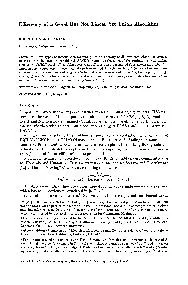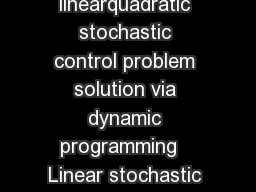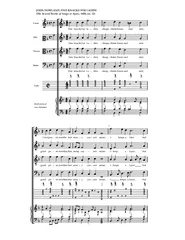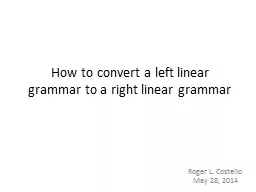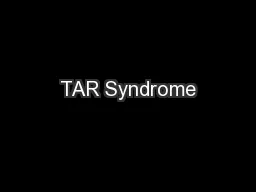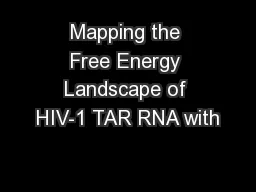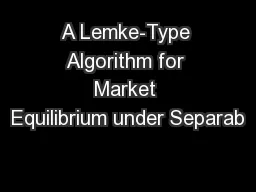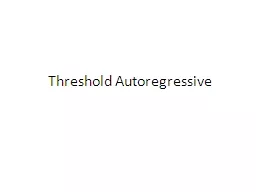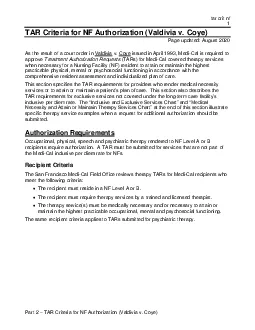PDF-Efficiency of a Good But Not Linear Set Union Algorithm ROBERT ENDRE TAR JAN University
Author : karlyn-bohler | Published Date : 2014-10-26
TWO types of instructmns for mampulating a family of disjoint sets which partitmn a umverse of n elements are considered FINDx computes the name of the unique set
Presentation Embed Code
Download Presentation
Download Presentation The PPT/PDF document "Efficiency of a Good But Not Linear Set ..." is the property of its rightful owner. Permission is granted to download and print the materials on this website for personal, non-commercial use only, and to display it on your personal computer provided you do not modify the materials and that you retain all copyright notices contained in the materials. By downloading content from our website, you accept the terms of this agreement.
Efficiency of a Good But Not Linear Set Union Algorithm ROBERT ENDRE TAR JAN University: Transcript
Download Rules Of Document
"Efficiency of a Good But Not Linear Set Union Algorithm ROBERT ENDRE TAR JAN University"The content belongs to its owner. You may download and print it for personal use, without modification, and keep all copyright notices. By downloading, you agree to these terms.
Related Documents

